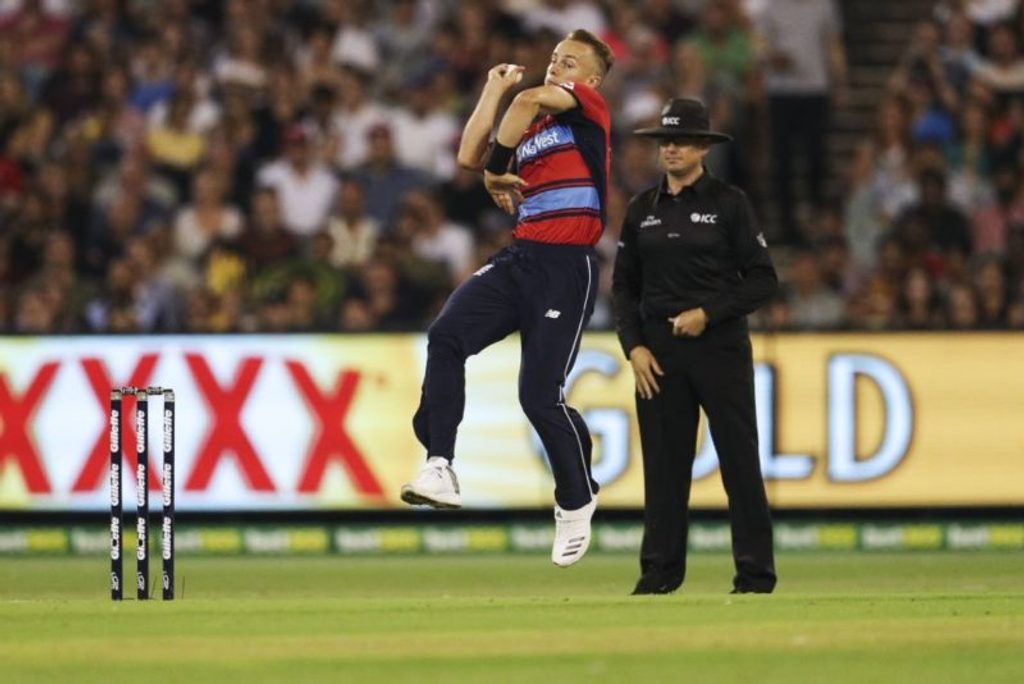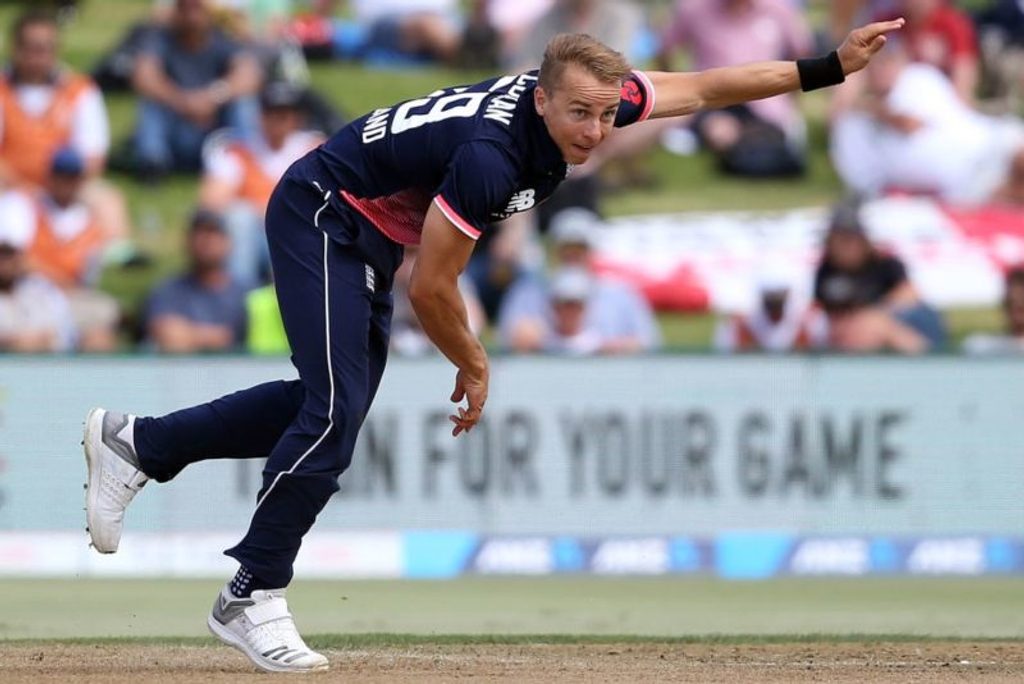
Surrey, CSK and England fast bowler Tom Curran on how to excel with the ball at the death of a limited-overs game.
Want the job
At the start of last summer I decided I wanted to be the best death bowler in the world. That was my aim, for Surrey and then hopefully for England. It’s not an easy job and it’s something that requires a lot of practice. But you’ve got to want to do it.
The pressure is all on you to deliver and execute. It’s not for everyone. It is hard work and it can be all for nothing if you’re slightly off with your lengths. Preparation is key: I do all of my technical work outside of matches rather than in-between games, especially in an ODI or Twenty20 series where they come quickly. That way, I know in pressure situations that I can rely on my skills and not be trying to work out what to do in a game.
You need to be decisive at the death. It’s about backing my skills over his, thinking: ‘No matter what he can do, I can do better’.

Nailing the yorker
In the lead-up to a game I always make sure I work on my yorkers. I start in the nets against a batsman, trying to stop them from scoring. Then I generally move to a side net. I put some shoes down on the crease for the batsman’s feet and a cone wide of off stump for the wide yorker.
I’ll bowl maybe eight or 10 overs, going through my variations as if I’m bowling the last overs – working on nailing both so that I can go into a game confident.

You can have a coach on the side shouting ‘CONE’ or ‘FEET’ as you enter your delivery stride, to replicate a batsman moving around the crease. But I find I can change best based on where I see a batsman moving. I’m always focused on bowling one ball at the top of my run-up.
Harness your variations
Once you have the yorker ready in their head, your slower balls become more valuable. Essentially you’re looking for that ‘double movement’ with your slower ball: the batsmen is set, expecting the fast yorker and then they have to go again because the ball coming down is not what they expected. It puts them off their rhythm.
I’m not sure why, but back- and front-of- the-hand slower balls came quite easily to me. With the back-of-the-hand slower ball, if you have it cross-seam, then it can go either way when it pitches. But if you have it seam-up, it tends to play like a ‘leggie’ – dip and go away from the right-hander. It’s also a good ball to left-handers, but I tend to bowl the off- cutter as it’s more effective.

Depending on the pitch, your lengths can be different. If it is the sort of pitch that is stopping and taking turn, then a short ball is effective as all the pace is off when it reaches the batsman and they can’t really get behind it.
Mix it up
It’s important to work out what works best for you, especially with variations. One thing that is important at the death is not to telegraph what you are doing to the batsman. So when I bowl my cutters, I do it with my fingers on the ball as if I’m going to bowl a seam- up delivery.
Practice bowling deliveries that spin to the off-side and ones that spin to leg while using that grip. If you hold it like a leg-spinner, it is obvious what you’re trying to do and you can’t really bowl it with your normal action. Use your thumb to push one way or the other at the last moment before you deliver the ball. Work on what feels right.
Knuckle sandwich
At the moment I’m working on a knuckle ball. Some people hold it on the very tips of their fingers, but the one I’ve found that works for my action is to have my fingers clenched behind the ball. So I’ve been working on running up and having my fingers on the seam, as usual, then in my gather moving them behind. It’s not quite ready to use in a match because I’ve only been trying it in nets between games. But it’s something to work on. It’s all about trying things. That’s the point of training: finding out what works for you and then being able to pull it off in a match.








